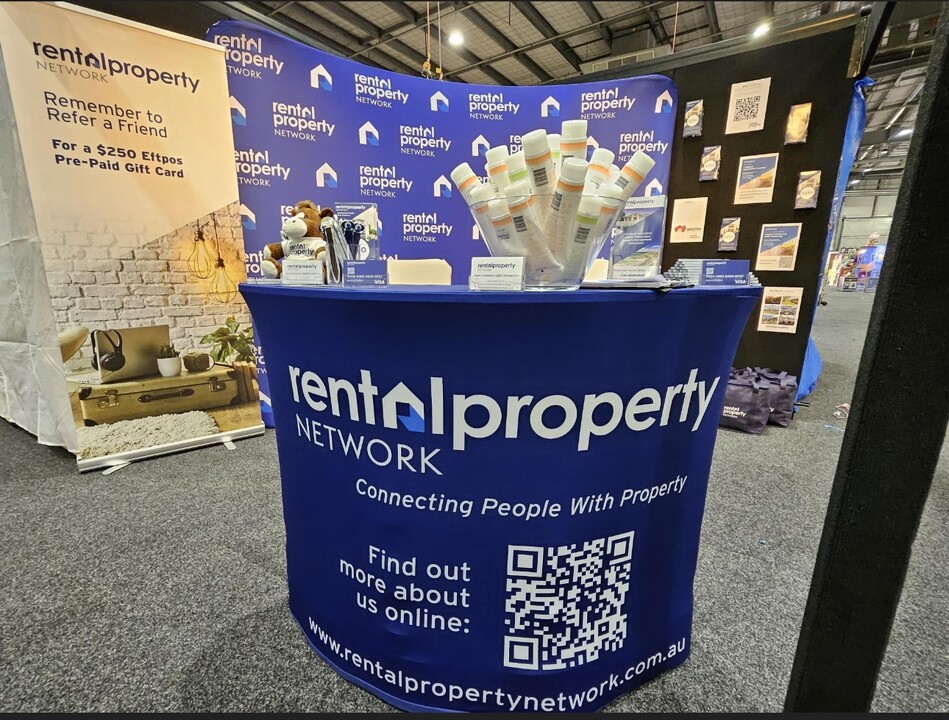diversity and inclusivity
Fostering Community in Rental Properties: A Shared Living Experience
Fostering Community in Rental Properties: A Shared Living Experience
Living in a rental property goes beyond just having a place to reside; it involves being part of a community. This article explores the importance of fostering a sense of community in rental properties and how both landlords and tenants can contribute to creating a positive and vibrant living environment.
Building Connections Through Open Communication
The foundation of a thriving community in a rental property is open communication. Landlords and tenants alike should prioritize clear and transparent communication to foster connections. Establishing channels for dialogue, whether through regular meetings or digital platforms, encourages tenants to engage with one another and with the property management.
1. Community Events and Activities
Organizing community events and activities is an effective way to bring tenants together. Landlords can arrange social gatherings, such as barbecues, game nights, or holiday celebrations, to create opportunities for residents to connect. These events contribute to a sense of belonging and shared experiences within the rental community.
2. Shared Spaces for Interaction
Designating shared spaces within the rental property encourages interaction among tenants. Common areas, such as lounges, communal kitchens, or outdoor spaces, provide places for residents to gather and socialize. The intentional design of these spaces contributes to a sense of community and encourages spontaneous interactions.
3. Supportive Online Communities
In the digital age, online communities can play a crucial role in fostering connections among tenants. Creating a virtual space, such as a dedicated social media group or forum, allows residents to share information, discuss common interests, and organize informal gatherings. This online presence complements face-to-face interactions and enhances the overall sense of community.
4. Collaborative Initiatives for Improvement
Encouraging collaborative initiatives for property improvement fosters a shared sense of responsibility among tenants. Whether it’s a community garden, a recycling program, or beautification projects, involving residents in initiatives to enhance the property creates a collective pride in the living environment.
5. Clear Community Guidelines
Establishing clear community guidelines helps set expectations for behavior and interactions within the rental property. Landlords can outline respectful and inclusive guidelines that promote a harmonious living experience. Transparency about expectations contributes to a positive atmosphere and reduces the likelihood of conflicts.
6. Celebrating Diversity and Inclusivity
Rental communities are often diverse, bringing together individuals from various backgrounds and cultures. Celebrating this diversity fosters inclusivity and strengthens the sense of community. Landlords can organize events or initiatives that recognize and embrace the richness of different cultures and perspectives within the rental property.
7. Providing Resources for Community Engagement
To facilitate community engagement, landlords can provide resources that support residents’ initiatives. This may include access to communal spaces, event planning assistance, or communication tools. Empowering tenants to take an active role in shaping their community contributes to a sense of ownership and belonging.
8. Addressing Concerns and Conflict Resolution
In any community, conflicts may arise. Landlords play a crucial role in addressing concerns promptly and facilitating conflict resolution. Establishing effective channels for reporting issues and implementing fair

